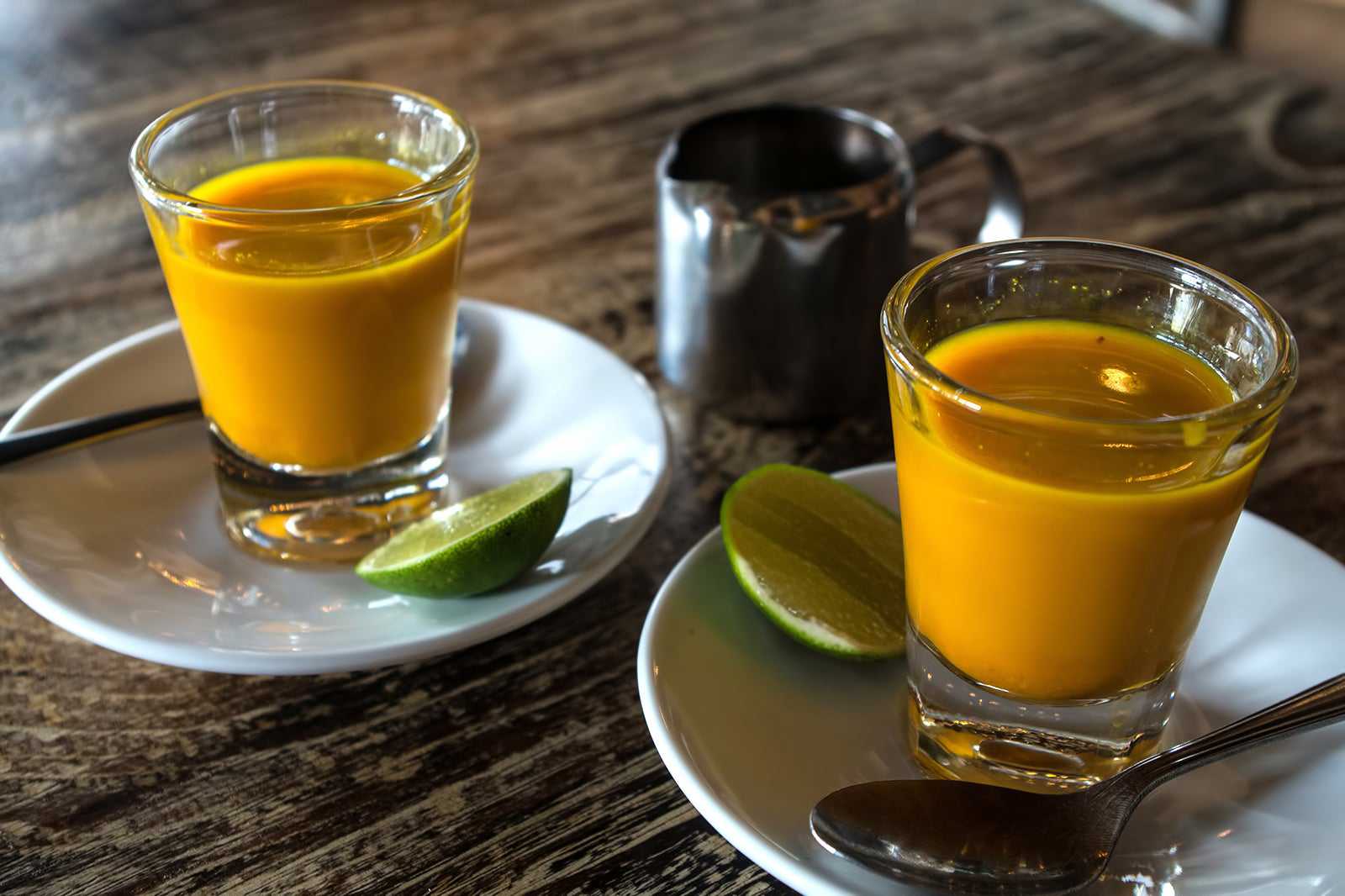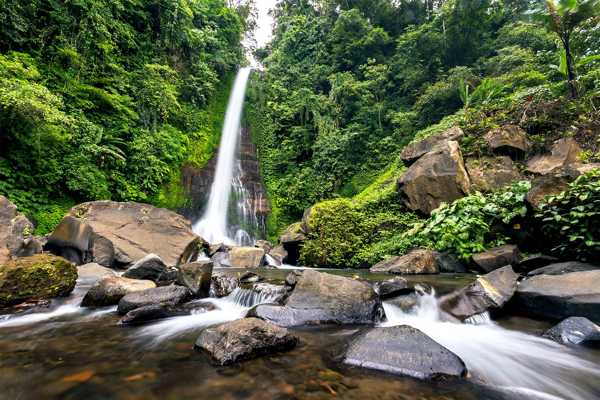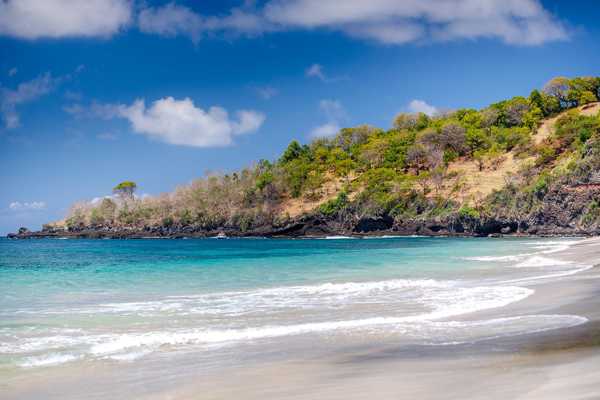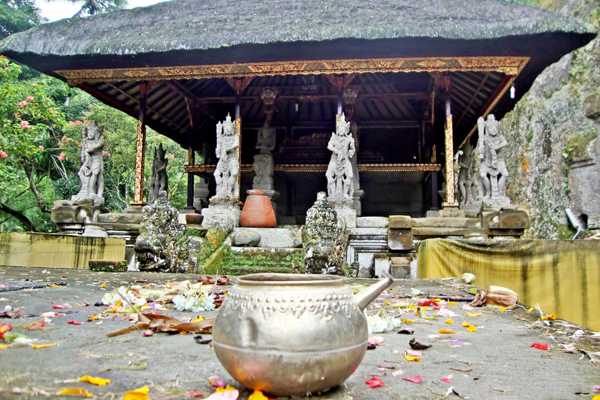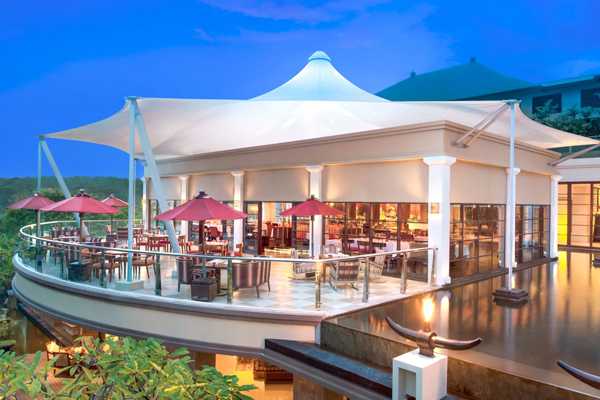Here are some local drinks you should try in Bali, especially when you’re looking beyond water or canned sodas to quench your thirst on a sunny day on the island. Actually, there are too many traditional drinks on the island, as they come as varied as the different village communities that produce them throughout the highlands and coastal areas.
We’ve rounded up a shortlist of the most popular drinks in Bali, which you can try as exotic sweet refreshments. You can find most of these refreshing drinks and dessert drinks at local roadside warung stalls or food carts near the beach – certainly in the big resorts of Kuta and Legian and even at modern restaurants serving Indonesian cuisine.
- 1
Es cincau
Black glass jelly on ice
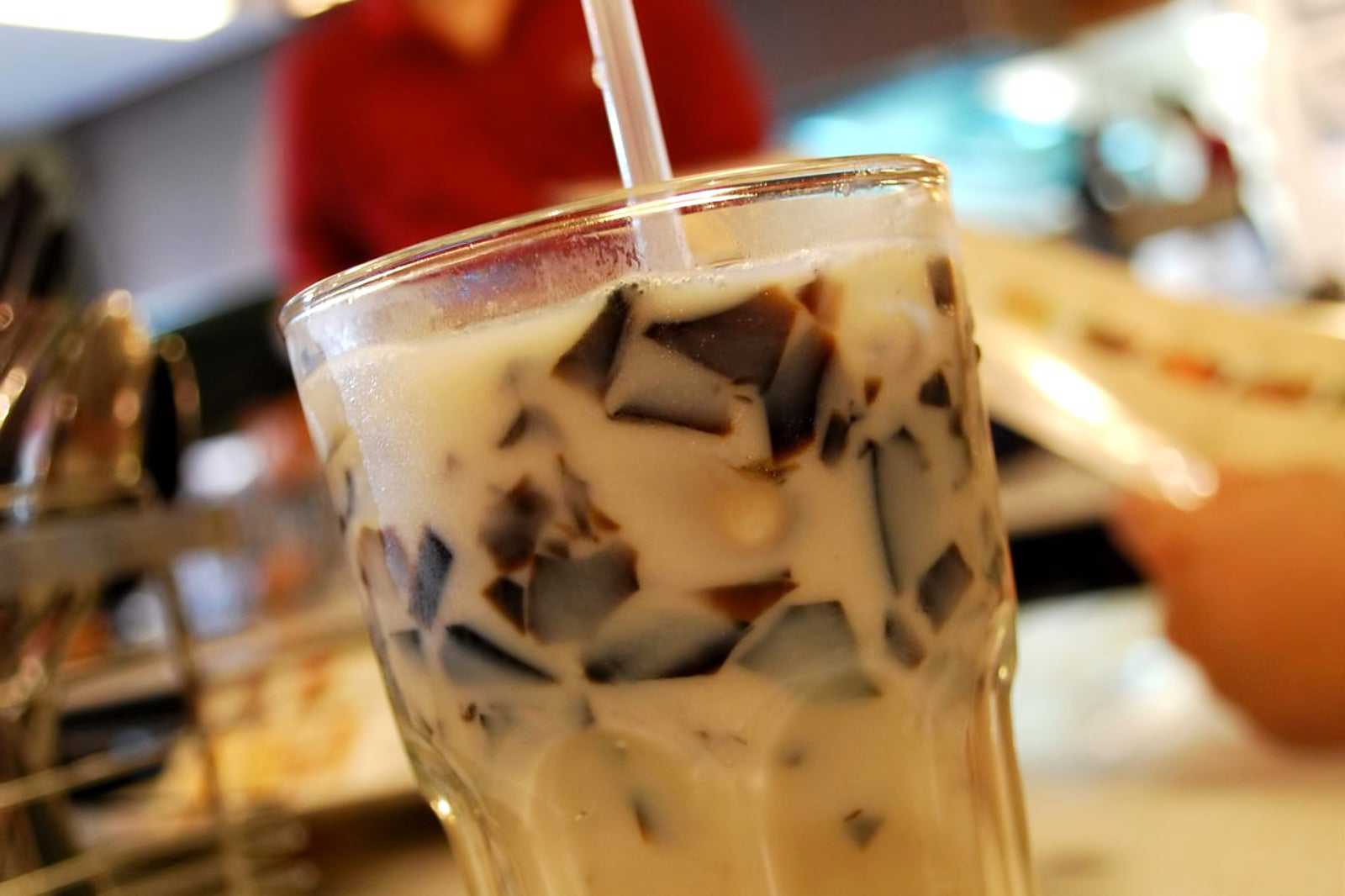
- อาหาร
Popular throughout most of Southeast Asia, black jelly, otherwise known locally in Bali as cincau, is a common addition to dessert drinks. The jelly is made from the leaves of the Chinese mesona plant and is usually sold in markets in instant powdered form, just like carrageenan (seaweed) jelly.
After it's processed, the jelly is cut into slices or cubes, then served with coconut milk, syrup and ice, or with condensed milk. The texture is not as viscous as green grass jelly. Known among locals to aid in easing fevers, hypertension, and constipation, it's sold for less than a dollar a glass in local restaurants.
ภาพโดย avlxyz (CC BY-SA 2.0) เวอร์ชั่นแก้ไข
- 2
Es daluman
green grass jelly on ice

- อาหาร
Es daluman is a refreshing jelly drink made from the leaves of the Cyclea barbata plant, prepared in a similar fashion to es cincau grass jelly. It is commonly sold at warungs and Indonesian restaurants. The taste may be bland on its own, but when prepared with coconut milk and sugar syrup, it serves as a refreshing dessert drink for any occasion.
Besides great for aiding digestion, just like carrageenan (seaweed) jelly, the drink is known to have remedial properties such as easing hypertension, and the leaves are rich in antioxidants. A glass serving at a local restaurant is about a dollar.
ที่ตั้ง: Bali
ภาพโดย Midori (CC BY-SA 3.0) เวอร์ชั่นแก้ไข
- 3
Es kelapa muda
Iced young coconut
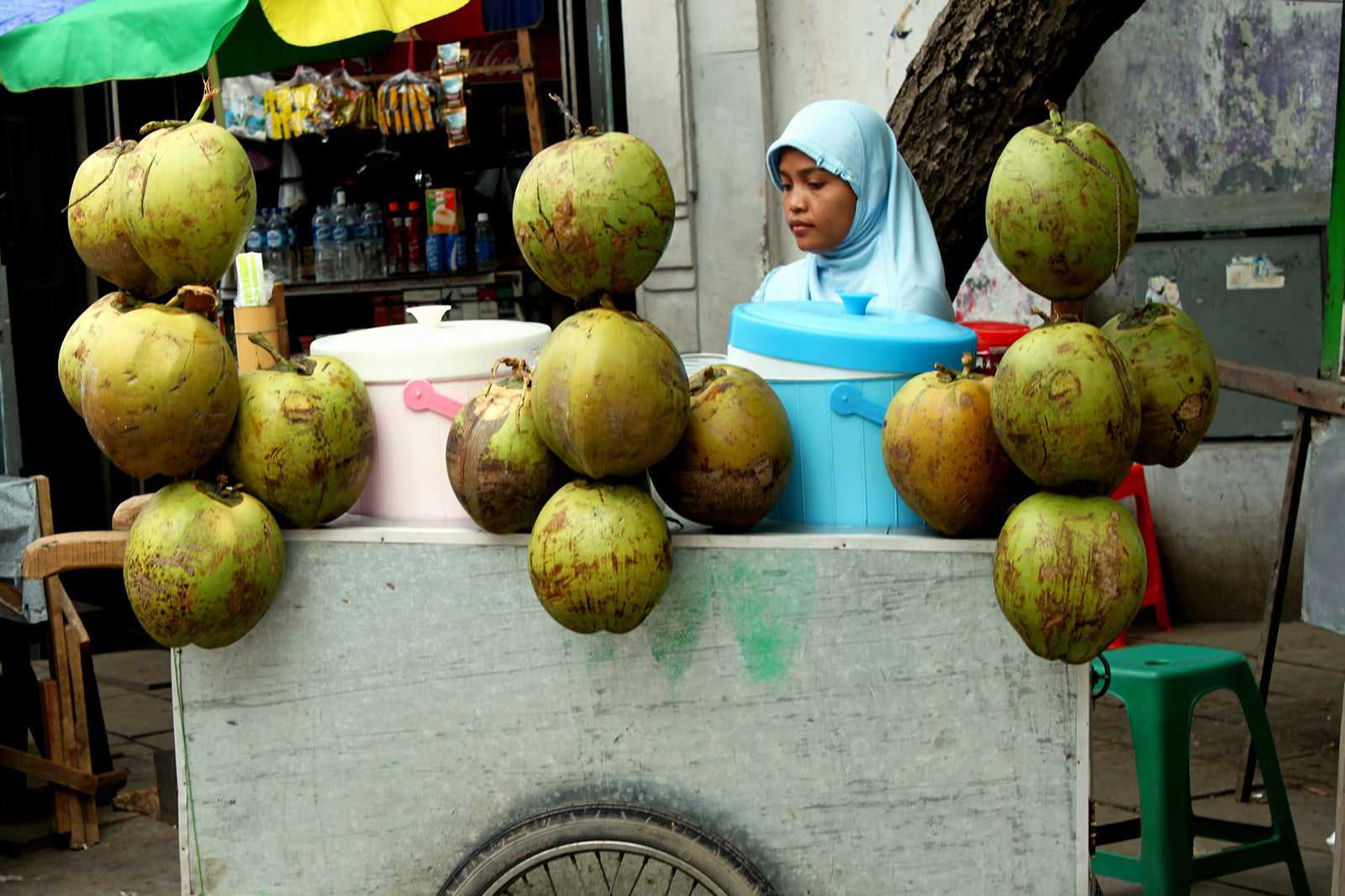
- อาหาร
Es kelapa muda or ‘iced young coconut’ is typically one of the best natural drinks you could get on any tropical beach. Coconuts (particularly the young ones) are readily available, truly refreshing,for and healthy. You can have your young coconut cut at the top, and you only need to stick in a straw and sip away.
Bali locals have their young coconut specially prepared, with the soft flesh thinly scooped and mixed with its water, and a half slice and squeezed lime, sugar syrup and ice added. All helps to enhance its taste. It’s sold on wheel carts, roadside warung stalls, and even at Indonesian restaurants from less than a dollar.
- 4
Jamu
Javanese herbal drink
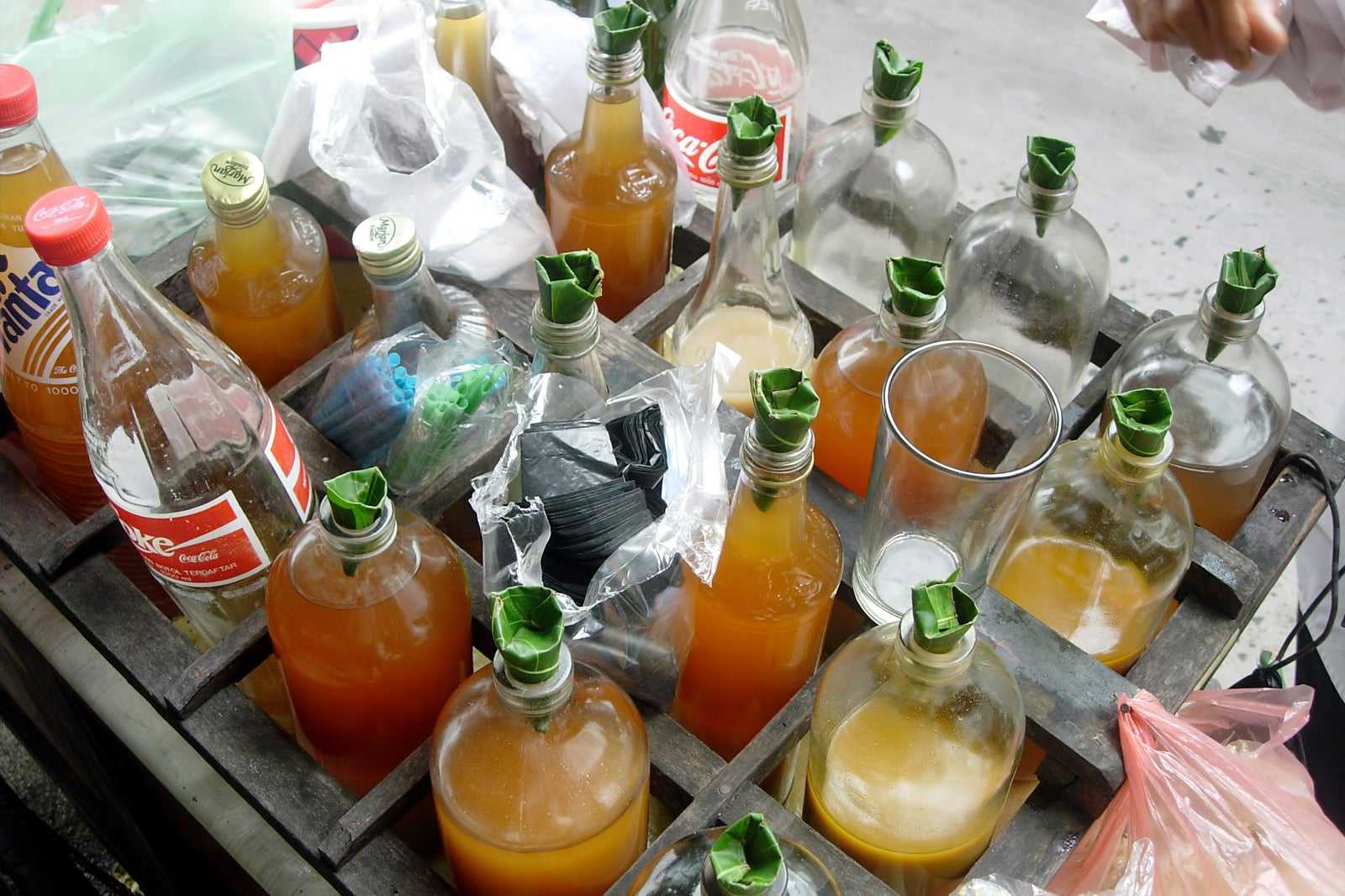
- อาหาร
Jamu is a traditional herbal drink that hails from the neighbouring island of Java. It's known and enjoyed throughout Indonesia. Jamu comes in a wide variety of recipes, each for a specific remedy or purpose, ranging from digestive disorders to enhancing virility.
It's made from natural ingredients, such as roots, barks, flowers, seeds and leaves of certain plants. Honey, milk and eggs are sometimes added for taste and to enrich its curative properties. National brand stalls such as Sidomuncul and Djamu Djago can be found at traditional markets. They sell packets for under a dollar – simply choose your ingredients and add hot water. Caution: some can be very pungent!
- 5
Loloh
Balinese herbal drink
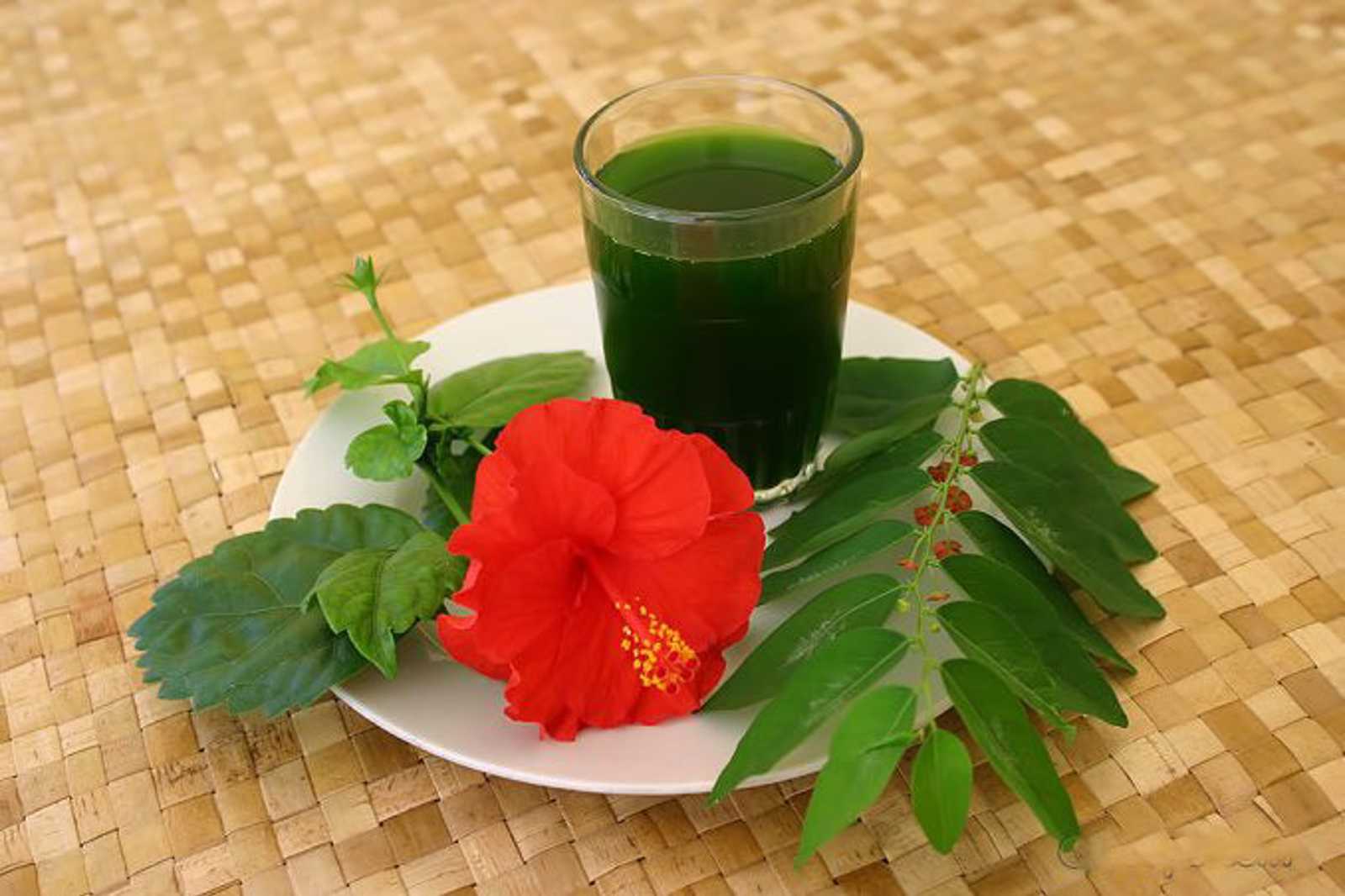
- อาหาร
Balinese herbal drinks are referred to as loloh, which are made from various types of leaves and fruits. Loloh is usually taken to maintain health with ingredients that are known for their therapeutic benefits. Some of the most commonly used are tibah or morinda fruit, hibiscus flower, daun kayumanis or leaves of the star gooseberry tree, together with herbs and spices to taste, such as salt, roast shallots, ginger and turmeric.
A bottled and ready-to-buy variant that is widely sold in Bali supermarkets is known as loloh cemcem. They are produced by home industries in Bali and are mostly sold for less than US$0.50 a bottle.
- 6
Sari Temulawak
Java ginger soda
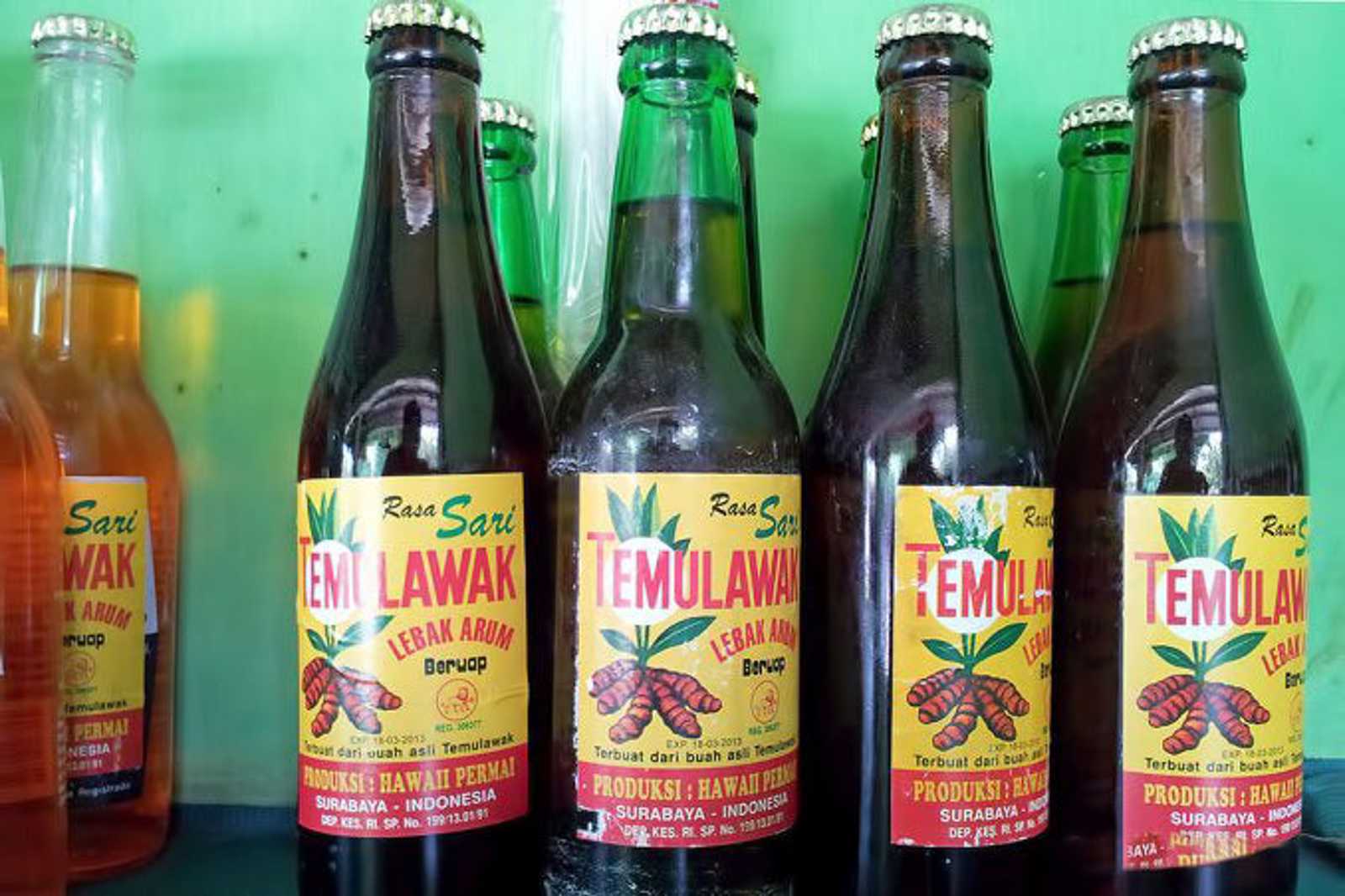
- อาหาร
Before sugary American soft drink brands such as Coca-Cola gained high popularity throughout Southeast Asia and Bali, Sari Temulawak was the carbonated drink enjoyed by locals. The local soda was produced in Surabaya and Banyuwangi in East Java in the 80s and remains popular today.
The soft drink has its roots (pun intended) in the traditional herbal ingredient, Curcuma zanthorrhiza or Java ginger, which is known to aid digestion and cure fatigue as well as other ailments. Widely sold in warungs, usually costing less than US$ 2 a bottle, it's often served on ice and is sweet and refreshing – with no herbal aftertastes whatsoever. Locals love to pair it with grilled, spicy satay.
- 7
Arak
White rice wine
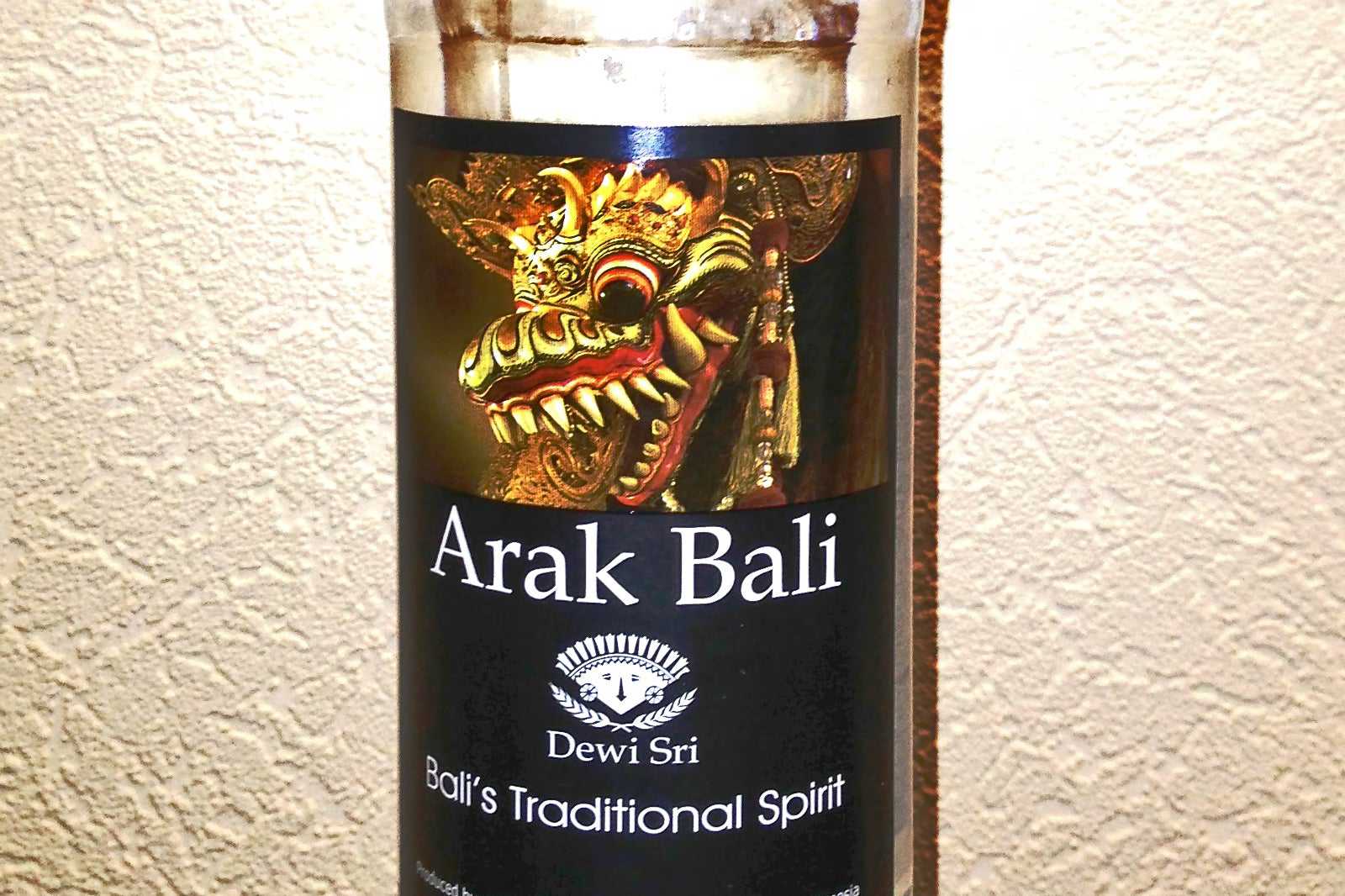
- อาหาร
High in alcohol content, caution is to be taken when trying arak, Bali’s traditional spirit made from fermented white rice. We recommend trying bottled and labelled versions of arak that are now manufactured in modern distilleries and factories on the island, such as the Dewi Sri label (produced in Sanur).
A swig can be quite strong on its own, and arak is usually mixed with chilled cocktails, most commonly as Arak Attack. Traditionally, together with brem, the red variant of Balinese rice wine that is made by fermenting glutinous rice, different versions of arak are used in religious ceremonies as part of offerings.
ภาพโดย Bapak Alex (CC BY-SA 3.0) เวอร์ชั่นแก้ไข
- 8
Brem
Red rice wine
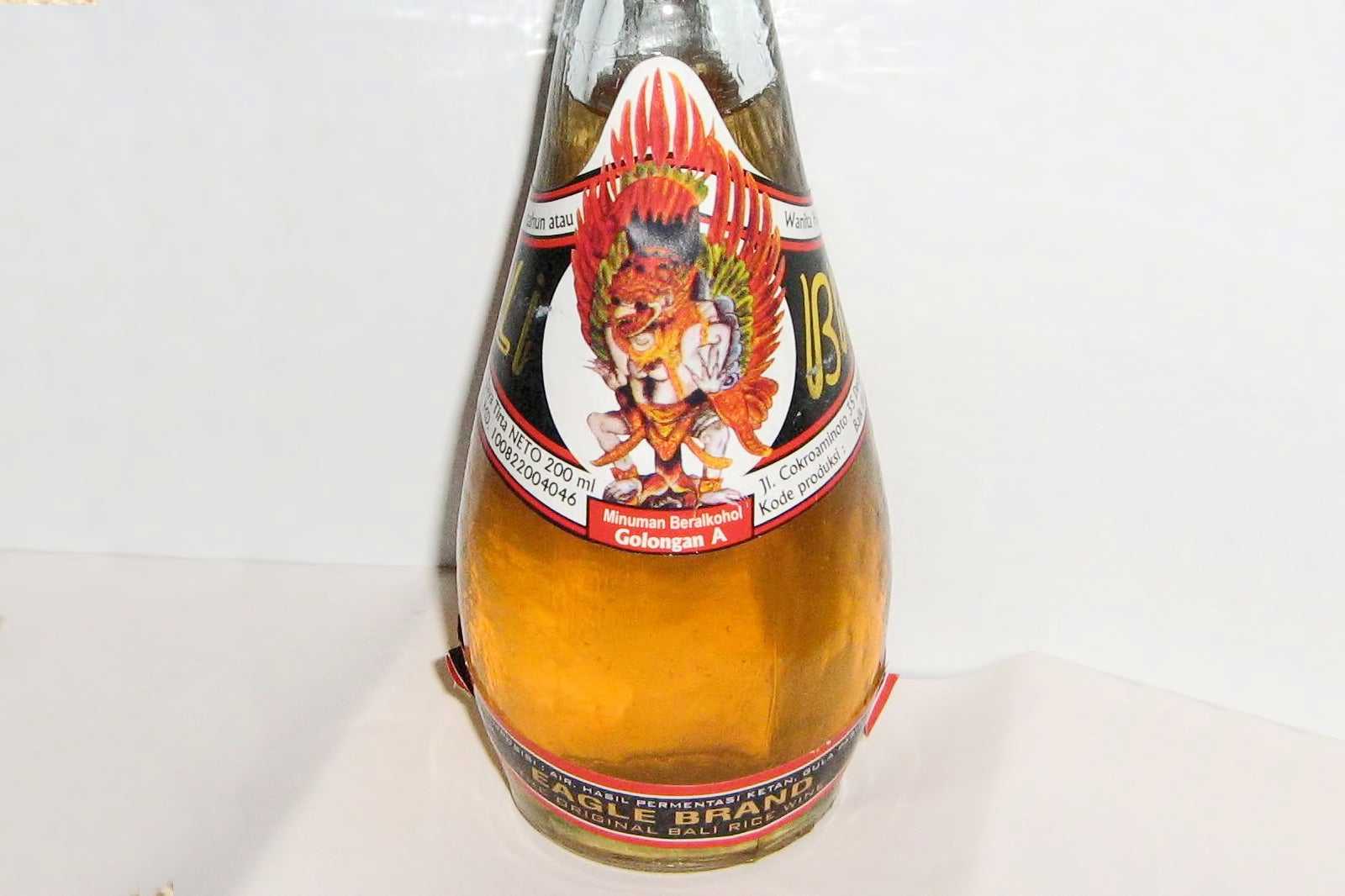
- อาหาร
Brem is the red liqueur counterpart of arak, widely known in Bali and the Nusa Tenggara islands. Brem has more velvety flavour than arak, sweet to tart thanks to it being processed from fermented black sticky rice. While mostly used for religious ceremonies, you can still try out the safer bottled versions produced by modern distilleries such as the Sanur-based Dewi Sri, which is also the producer of the Bali-based Hatten Wines.
Traditional brem has an alcohol content of around 10-25%. Locals say that when consumed moderately, it helps maintain a healthy heart, much like red wine. You can find large 630ml bottles of Dewi Sri’s brem at souvenir shops and supermarkets.
ภาพโดย Hegariz (CC BY-SA 3.0) เวอร์ชั่นแก้ไข
- 9
Tuak
Palm toddy
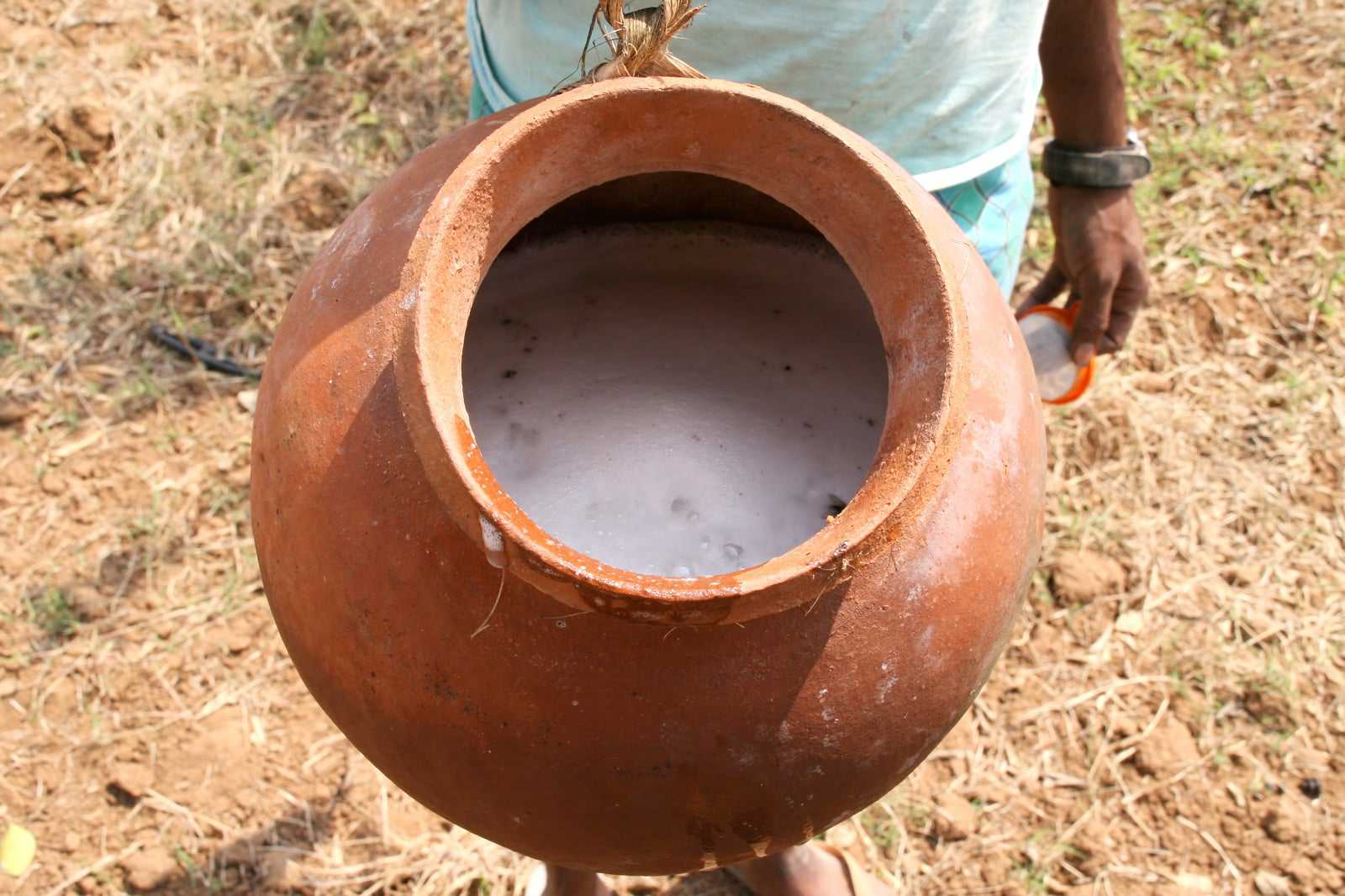
- อาหาร
Tuak is often considered the rurally produced moonshine of Bali, although that isn’t always the case. You can find this drink sold in villages in north, central and east Bali, the regions where it is mostly produced. Unlike the better known Balinese rice wine of arak, tuak is a milky palm toddy that comes in 2 variants: sour and sweet. Both offer a sour aftertaste, though.
Tuak usually has a lesser alcohol content than arak, but doesn’t keep fresh for long, hence its scarcity in the wild. When you do come across a warung selling it, they are usually sold by 1-litre plastic jerry cans, or by the glass (with or without ice) and sold for just under a dollar.
ภาพโดย Vinay Kudithipudi (CC BY 2.0) เวอร์ชั่นแก้ไข
- 10
Bintang
Indonesia’s favourite beer
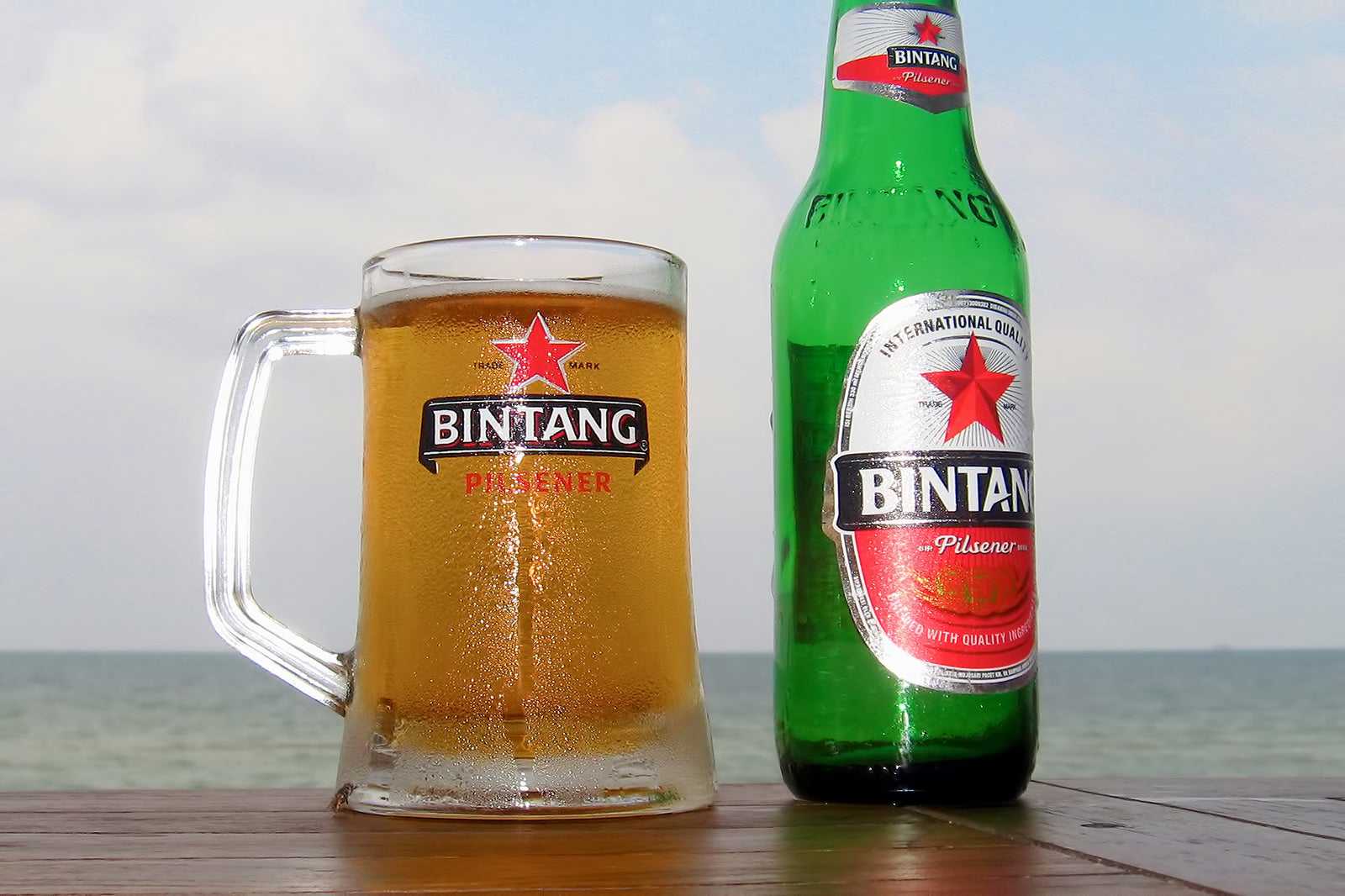
- อาหาร
Bintang beer is so closely associated with good days on the island’s sunny beaches that we simply had to include it on our list of drinks to try in Bali. Most people on holiday in Bali often consider that this pilsner goes well with the Bali holiday experience – even though it’s not one that’s produced on the island!
With its brewery based in Tangerang, just outside Jakarta in West Java, Bintang (established as Heineken during Dutch colonial rule in 1929) produces this smooth, light-bodied and refreshing beer. Repeat visitors love and habitually ask for it at bars, restaurants, and even from peddlers at the beach.
ภาพโดย Crisco 1492 (CC BY-SA 3.0) เวอร์ชั่นแก้ไข
